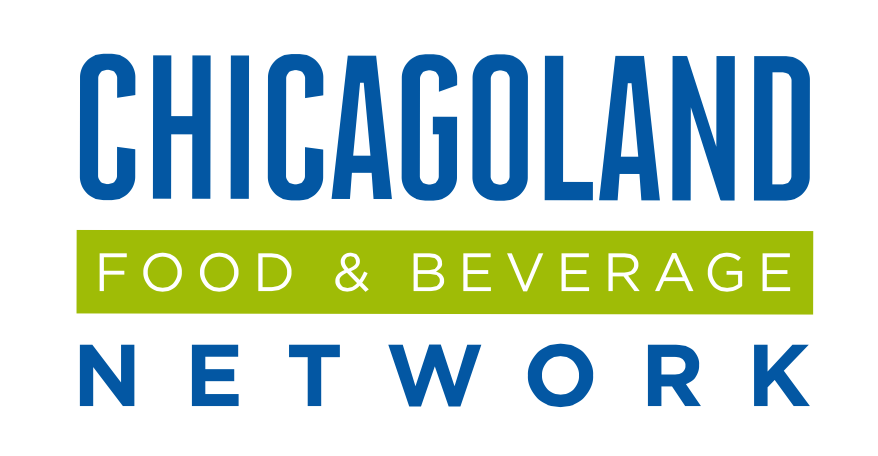 Pioneering innovative ways to address hunger by creating high quality, nutritious foods
Pioneering innovative ways to address hunger by creating high quality, nutritious foods
CHICAGO, IL. - February 28, 2022 – Nonprofit Bigger Table and eight companies throughout Chicagoland joined forces to fight food insecurity with the creation of high-fiber, high-protein almond chocolate bars. Working closely with food banks and pantries, Bigger Table develops, creates, and provides new, nutrient-rich foods to address specific needs of community partners.
"We're grateful to partner with Bigger Table and receive these nutritious protein bars. Donated, high quality protein has been especially hard to come by during the pandemic, and our network is always looking to fill that need for our neighbors,” says Liz Gentile, Director of Food Procurement at Northern Illinois Food Bank. “Our thanks to Bigger Table for stepping up for our community."
Bigger Table identifies opportunities within the food and beverage industry for innovative philanthropic work. Bigger Table is creating new ways to donate consumer-ready product where and when it is needed most. Distribution of the 73,000 bars will go to five Chicagoland partner organizations dedicated to reducing food insecurity in their community: Northern Illinois Food Bank, Blessings in a Backpack, Fight to Feed, Humans for Hope, and Aurora Interfaith Food Pantry.
“I'm just happy Bigger Table exists. It is answering a need that no one else is. They are collaborating not only with these local manufacturers, but also food pantries. It is just an awesome thing," said Shannon Cameron, Executive Director of the Aurora Interfaith Food Pantry.
All protein bar ingredients, time, and labor were in-kind contributions donated by local companies that are part of Chicagoland’s food & beverage eco-system: ADM, Blommer Chocolate, Coyle Print Group, Glanbia Nutritionals, GlobalTranz, Imbibe, National Foodworks Services, ofi Cocoa, and ofi Edible Nuts. The tasty, nutrient-rich, no added sugar bars contain 18g of protein and 10g of fiber per serving. The delicious chocolate bar satisfies both taste and nutritional needs.
“Glanbia Nutritionals was pleased to partner with Bigger Table and the Chicagoland Food and Beverage Network on this effort and donate healthy ingredients for the protein bars,” said Wilf Costello, Chief Marketing Officer of Glanbia Nutritionals. “Delivering better nutrition for every step of life’s journey is our mission and supporting food banks and groups such as Blessings in a Backpack when they are facing such an increased need, really brings that mission to life.”
ABOUT BIGGER TABLE: Bigger Table is a nonprofit (501c3) organization founded by the Chicagoland Food and Beverage Network. Bigger Table aims to bring together the area’s food & beverage industry to collaborate and deliver on a series of charitable and economic growth initiatives. By working together, Bigger Table believes it can work more effectively, have a bigger impact on the community, and better engage employees and the communities it serves. For more information about Bigger Table, please visit biggertable.org.
BIGGER TABLE MEDIA CONTACT: Anna Briggs Pirila, anna@chicagolandfood.org, (c) 207.602.9545
